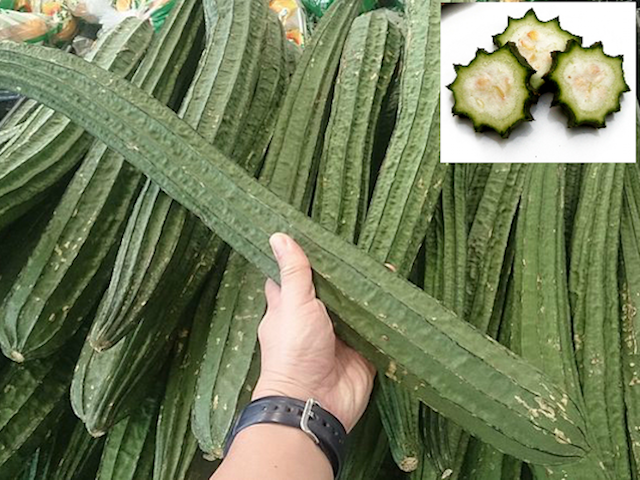
Did you ever think, a modest vegetable in your sambhar, could be a part of your dental fillers or healing bandages? According to a new study by Scientists from Vivekananda College of Pharmacy, Bangalore and IISc, Bangalore, ridge gourd’s fibre can be used to make lignin nanoparticles (NP) that can be used as an excipient for tablets and capsules, to tether drugs for a sustained release or even for targeted drug delivery. The study was published in Industrial Crops and Products.
The Indian ridge gourd [Luffa cylindrica] is a dark green vegetable with white pulp on the inside and hard green surface on the outside with ridges. The idea of making an NP from a local vegetable struck a chord with the researchers as they were looking for a raw material that had “high
Lignin is second most abundant constituent of the cell wall of vascular plants, after cellulose and provides a protective barrier from saprophytic and pathogenic microbes. Its complex polymeric structure; consists of several non‐phenolic phenylpropanoid units making −it a hard nut to crack. It is recalcitrant towards chemical and biological degradation methods. Researchers have used acid hydrolysis, alkaline hydrolysis, delignification via oxidation, organo-solvent and ionic liquids pre-treatments to break the lignin-cellulose complex in other plants. Surprisingly these extreme methods did not give desired result.
Not going the chemical route, this group of scientists chose to use enzymes to extract lignin from the gourd. “We were inspired to use enzymes for degradation of lignocellulose as enzymes are specific, require mild conditions for reaction and avoids the use of toxic and hazardous reagents, tending towards green chemistry”, says Rangan.
The team used enzymes from wood-degrading fungi and bacteria who use them to degrade the lignin in the wood and derive energy. It “cleaves the cellulosic parts away, to facilitate the separation of lignin-rich parts” says, Reghu Menon, Professor, Department of Physics, Indian Institute of Science, Bengaluru and one of the authors of the paper.
Lignin being full of aromatic rings needs temperatures as high as 600⁰C to decompose. However, enzymatic conversion of macro and microscopic lignin into nanostructures occurs at 55⁰C. These NP are biodegradable, non-toxic and obtained from renewable material.
Annama Anil, Assistant Professor at DBT-ICT (Institute of Chemical Technology), Centre of Energy Biosciences, Mumbai working on Design & Engineering of enzymes and unrelated to the study says “their use of chemicals and enzymes in making the nanoparticles is not justified. There are many easier methods by which they could have obtained similar results. But may be their need to obtain specific dimensions for the nanoparticle, have made them use the enzymatic method”.
Meanwhile, Rangan and colleagues are working on a pilot to scale up the production of the lignin NP. “The commercial enzymes are expensive; we plan to use immobilised enzyme systems or develop in-house recombinant enzymes to reduce the cost. The use of continuous or batch reactors with immobilised enzymes along with in-situ isolation of nanoparticles, as a continuous process will definitely have commercial advantages”, says she.